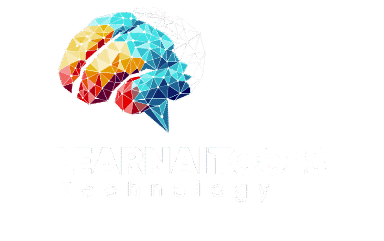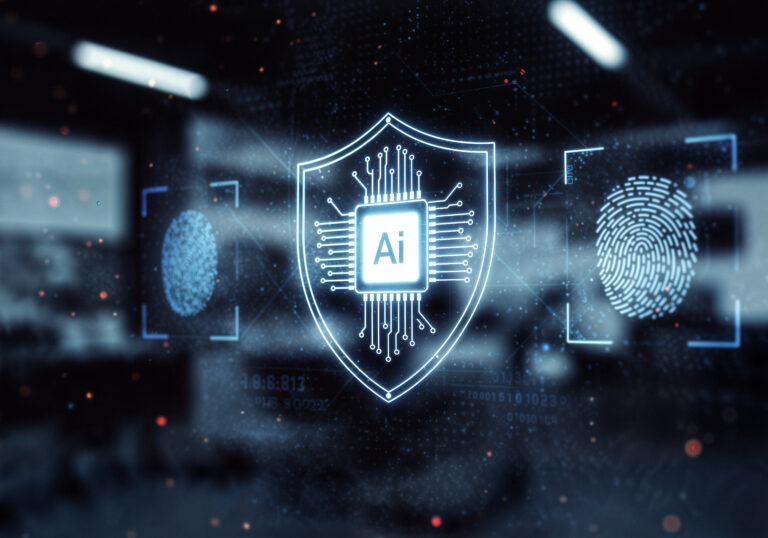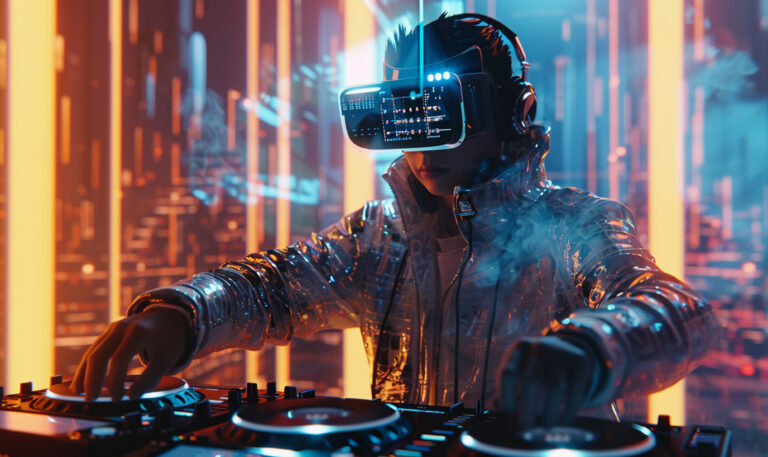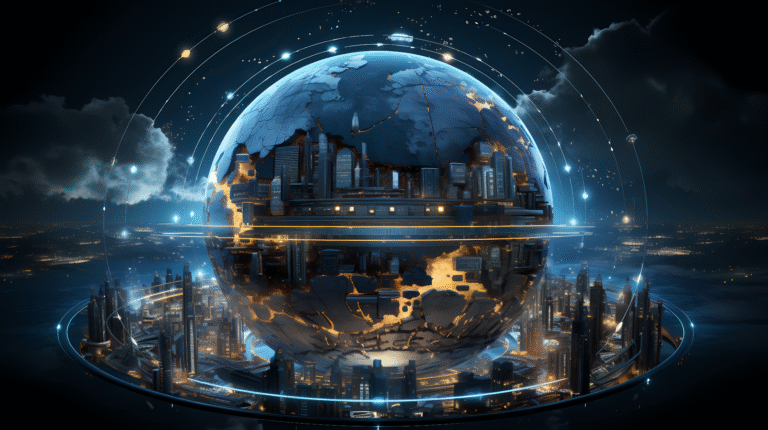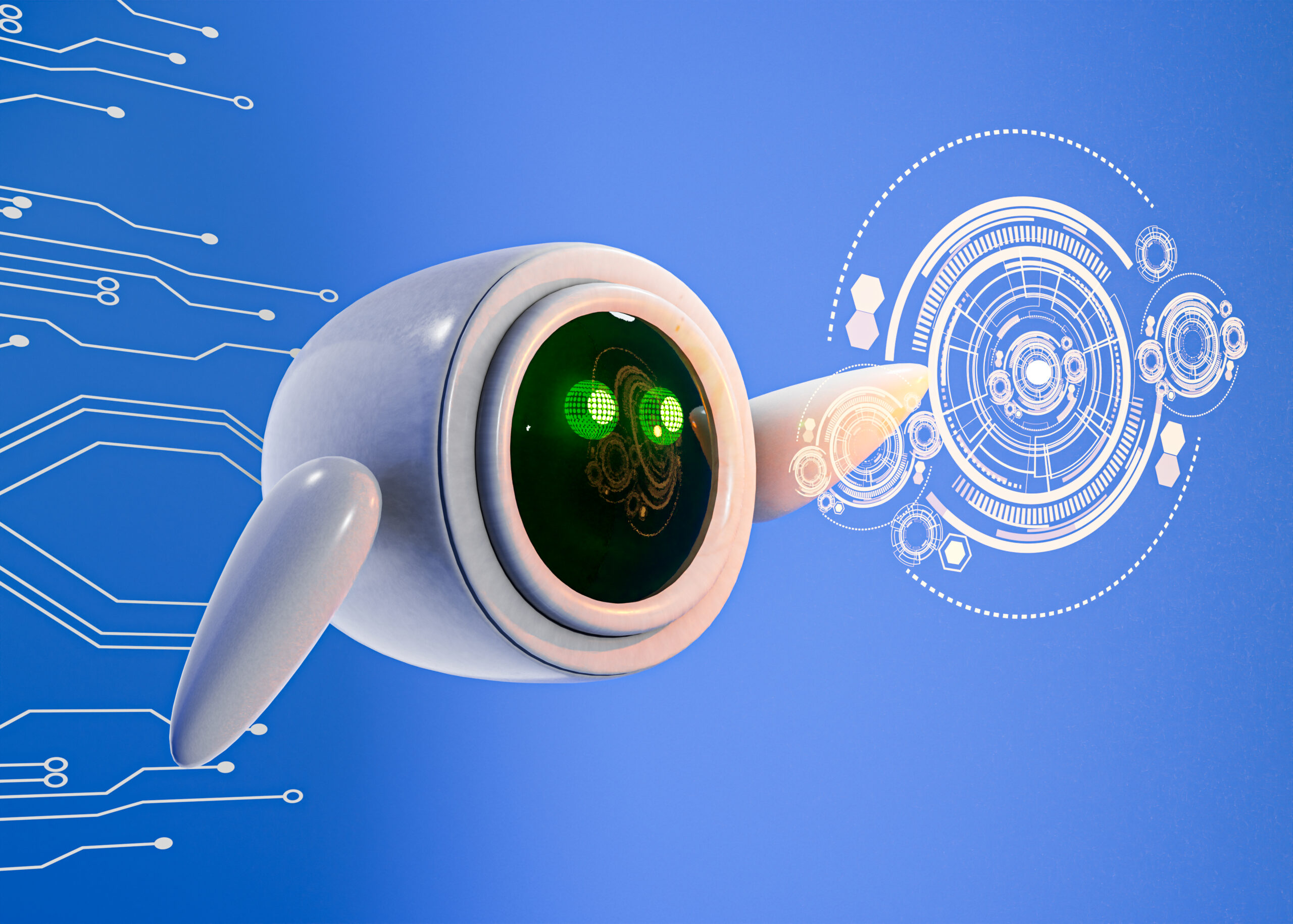
Introduction
GPT-5 Model 2025 is being hailed as the biggest breakthrough in Artificial Intelligence (AI) history. After the remarkable success of GPT-3 and GPT-4, expectations from GPT-5 are sky-high. Unlike earlier models, GPT-5 is not just a tool for generating text—it is an advanced AI system capable of reasoning, learning, and adapting in ways that make it closer to Artificial General Intelligence (AGI).
In this article, we will explore what the GPT-5 Model 2025 is, how it works, its key features, benefits, limitations, and its impact on industries, education, creativity, and the future of AI.
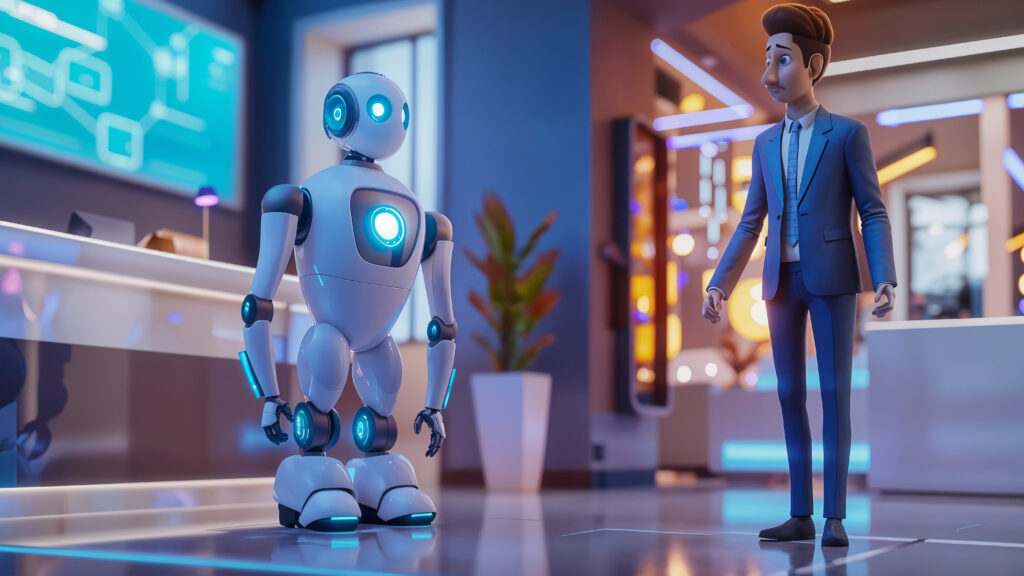
What is GPT-5 Model 2025?
At its core, the GPT-5 Model 2025 is a generative pre-trained transformer developed to understand and produce human-like language with unprecedented accuracy. It builds on the foundation of earlier GPT models but introduces more sophisticated reasoning, multimodal capabilities, and adaptability.
Unlike previous versions, GPT-5 is designed not just to answer queries but to analyze context deeply, predict user needs, and deliver personalized responses. This makes it a game-changer for businesses, students, researchers, and content creators.
Evolution of GPT Models
- GPT-1 & GPT-2 – Early models showing AI’s potential in natural language processing.
- GPT-3 – Introduced large-scale generative capabilities with 175 billion parameters.
- GPT-4 – A multimodal model capable of processing both text and images, widely used in 2023-24.
- GPT-5 Model 2025 – A revolutionary step, introducing enhanced reasoning, longer memory, real-time data integration, and near-human decision-making abilities.
This journey highlights how AI is moving from simply generating content to becoming a digital partner in problem-solving.
Key Features of GPT-5 Model 2025
The GPT-5 Model 2025 comes with several groundbreaking features:
- Multimodal Abilities: Can process text, images, audio, and even video seamlessly.
- Improved Context Memory: Remembers longer conversations, offering continuity and deeper personalization.
- Real-Time Knowledge Updates: No longer limited by training data cutoffs; it integrates live information.
- Human-Like Reasoning: Better logical flow and analytical decision-making.
- Customizable Personalities: Users can adjust tone, style, and approach according to personal or business needs.
- Efficiency & Speed: Faster response times with lower resource consumption.
Why GPT-5 Model 2025 is a Game-Changer
The GPT-5 Model 2025 is not just about better responses—it represents a shift in how AI interacts with humans. By offering advanced personalization, businesses can improve customer experiences, students can accelerate learning, and creators can unleash creativity without barriers.
For instance:
- Students can use GPT-5 as a tutor available 24/7.
- Writers can co-create novels, scripts, or research papers.
- Businesses can automate customer support with human-like empathy.
Real-Life Applications of GPT-5 Model 2025
- Education: Personalized study plans, AI tutors, and real-time exam preparation guidance.
- Healthcare: Assisting doctors with patient reports, diagnosis suggestions, and predictive health models.
- Business: Smarter customer service bots, data-driven insights, and market analysis.
- Content Creation: Blogs, marketing copies, video scripts, and creative brainstorming.
- Programming: Code generation, debugging, and advanced software development assistance.
- Entertainment: Storytelling, gaming NPCs, and virtual worlds.
- Law & Finance: Contract drafting, fraud detection, and financial predictions.
The GPT-5 Model 2025 ensures that AI is not just a support tool but a collaborator across industries.
GPT-5 Model 2025 and Artificial General Intelligence (AGI)
A major discussion around GPT-5 is whether it brings us closer to AGI—the point where AI can think and learn like humans across all domains. With its advanced reasoning and decision-making, GPT-5 takes a big step in this direction. While it may not be full AGI yet, it shows how close we are to creating machines capable of independent thought.
Benefits of GPT-5 Model 2025
- Increased Productivity – Automates repetitive tasks.
- Global Accessibility – Breaks language barriers with advanced translations.
- Enhanced Creativity – Helps in brainstorming and innovation.
- Cost-Effective – Reduces expenses in customer service, education, and business operations.
- Scalability – Fits into industries of all sizes, from startups to multinational corporations.
Challenges and Limitations
While the GPT-5 Model 2025 is powerful, it comes with challenges:
- Ethical Concerns – Potential misuse for misinformation or biased responses.
- Privacy Issues – Handling sensitive data securely remains a concern.
- Over-Dependence – Users relying too heavily on AI may lose critical thinking skills.
- Accessibility Costs – Advanced AI may remain expensive for small-scale users.
The Impact of GPT-5 Model 2025 on Jobs
The introduction of the GPT-5 Model 2025 will impact the job market significantly. While some fear job losses due to automation, new roles are emerging in AI management, prompt engineering, data ethics, and human-AI collaboration. Instead of replacing jobs, GPT-5 is reshaping the skillsets required for the future.
Global Adoption of GPT-5
Countries worldwide are racing to adopt the GPT-5 Model 2025 for education, defense, healthcare, and governance. Developed nations are already integrating it into business ecosystems, while developing nations see it as an opportunity to leapfrog traditional growth barriers.
Future of GPT-5 and Beyond
The GPT-5 Model 2025 is just the beginning. Future models may include even deeper reasoning, emotional intelligence, and closer-to-human consciousness. By 2030, AI could become an inseparable part of daily human life, transforming industries beyond imagination.
Conclusion
The GPT-5 Model 2025 marks a turning point in artificial intelligence. It combines reasoning, creativity, and adaptability, making it far more than just a language model. From personalized education to advanced healthcare solutions, its applications are limitless.
While challenges like ethics and privacy remain, the benefits of GPT-5 outweigh the risks. As industries and individuals embrace this model, it will redefine productivity, creativity, and global progress.
In short, the GPT-5 Model 2025 is not the end of AI evolution—it is the foundation for the future of human and machine collaboratio
